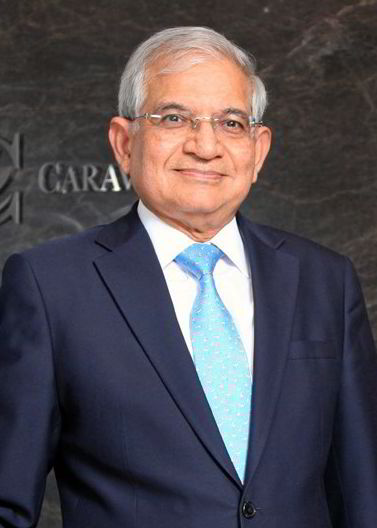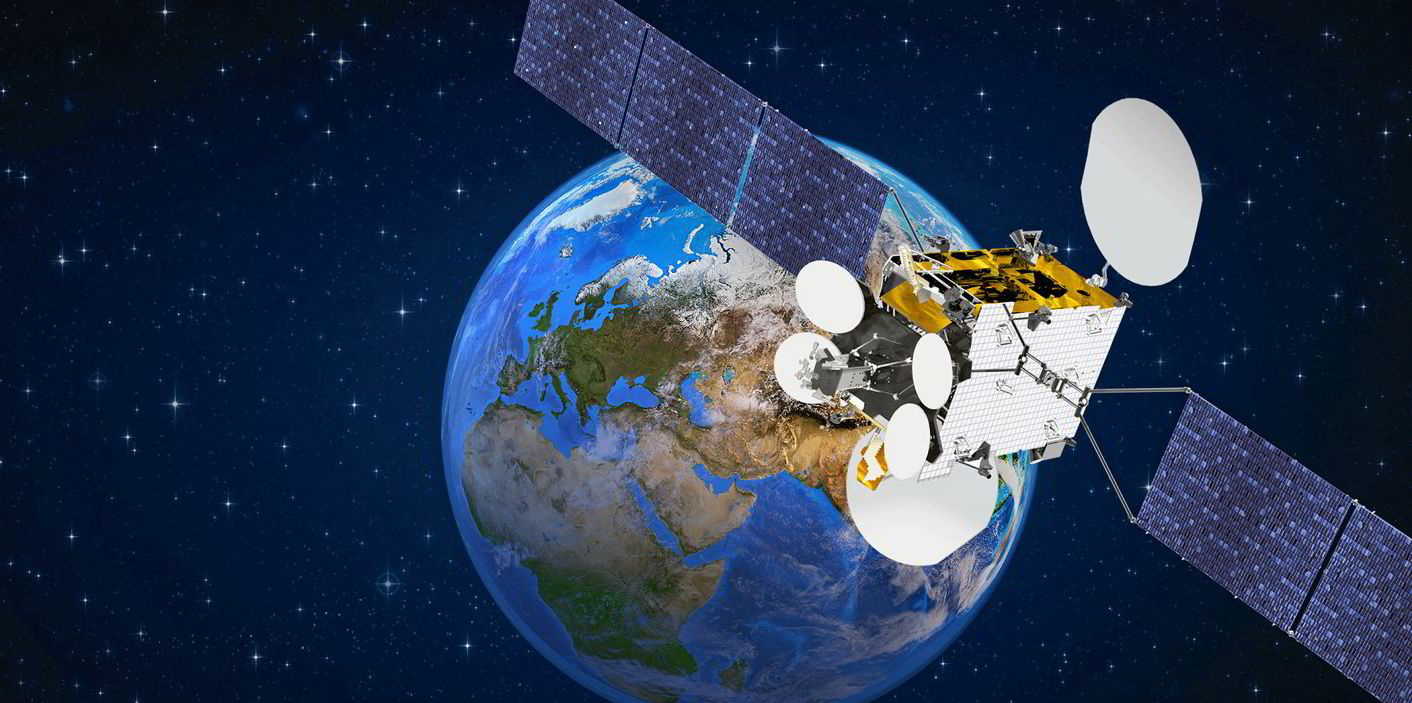Driven by environmental regulations and the coronavirus pandemic, the maritime transport industry has made leaps and bounds towards digitalisation in the last year.
Shipping professionals tell TradeWinds the industry is much more willing to adopt digital technologies, though they admit there is huge potential for further progress.

“That is a movement that started earlier in the year, and [has been] amplified and accelerated by the pandemic,” said Ronald Spithout, president of satellite operator Inmarsat’s maritime business. “It will stay with us.”
Many vessel operators and ship managers enhanced their data infrastructure ahead of IMO 2020 and future decarbonisation regulations.
After the Covid-19 outbreak, travel was curbed and most companies were forced to further embrace digitalisation to maintain daily operations.
Jorn Annweiler, managing director at consultancy Maritime Partners, said the use of the industry’s digital applications that focus on fuel efficiency and crew management reflects the uptake of new technology across the sector.
The average data downloaded per vessel doubled from less than four gigabytes per day in April 2020 to over eight gigabytes per day in October, Inmarsat figures showed.
“We see a doubling of the traffic every six to eight months,” Spithout said. “We don't see that changing the next two to three years at all.”
Connectivity provider Marlink saw the capacity of its very small aperture terminal network increase by more than 35% last year to meet customer demand.

“Owners want to use the applications afloat that we do ashore,” said Tore Morten Olsen, Marlink’s president of maritime.
“We have to make it happen for them.”
Major’s ‘Ferrari’
Shell, which has been big on digitalisation, said it drew inspiration from Ferrari when developing digital technologies for its massive fleet.
“A Formula 1 racing car is in effect a data machine, with real-time information being collected in a central location to allow for performance monitoring,” the energy major’s shipping head, Grahaeme Henderson, said.

“Shell developed a similar approach, with 500 data points a second being transmitted in real time to the Shell data centre where it is analysed.
“Aspects such as weather routing, draft and trim, engine speed and settings are monitored, allowing for early identification of technical issues and for optimal management of the ships’ performance to reduce both fuel usage and emissions.”
Better crewing
Meanwhile, ship managers have had to utilise new applications to train and maintain seafarers’ well-being amid travel restrictions.
John-Kaare Aune, interim chief executive at Wallem Group, said his company is now monitoring crew’s health and managing rotations digitally while enhancing their capability in communicating with those ashore.
“The cloud-based training is here to stay along with e-learning for the seafarers, even when classroom-based training can start again,” Aune added.
Hong Kong-based Fleet Management said it has developed an application that allows seafarers to apply for jobs directly through their mobile phones.
“More solutions in this space are in the wind, such as the crewing and travel solutions,” managing director Kishore Rajvanshy said.
“These solutions will bring their capabilities to bear on issues such as the crew challenges triggered by the pandemic, even in the long run.”

Issues with remote surveys
But technologies are not expected to solve everything.
DNV has observed a 300% increase in weekly remote inspections since the onset of the pandemic, with more than 25,000 inspections completed in total.
But the classification society’s technical support director, Marianne Valderhaug, conceded that main class surveys and other complex checks cannot be carried out efficiently via remote means.
This is due to their scope, connectivity issues and crew not being fully trained.
“Some work processes implemented to conduct surveys remotely are in fact quite inefficient... These will be discontinued [when the pandemic is under control]," Valderhaug said.
Andy McKeran, director of maritime performance services at Lloyd’s Register, said the use of digital technology can still play an important role going forward.
“Traditional physical attendance surveys will become enhanced and supplemented by remote surveys and data,” he said. “Technology is an enabler, but the value continues to be the human expertise and experience.”
Bright prospects
In any case, experts believe digital applications will become more accessible with expanding bandwidth.
Elon Musk’s SpaceX has shown ambition in offering internet connection via Starlink to those at sea.
Inmarsat, which has five GX satellites in operation, is due to launch another seven between now and 2023.
“Digitalisation that we hoped for [for] a long time will become mainstream,” Spithout said. “There is no stopping this.”



